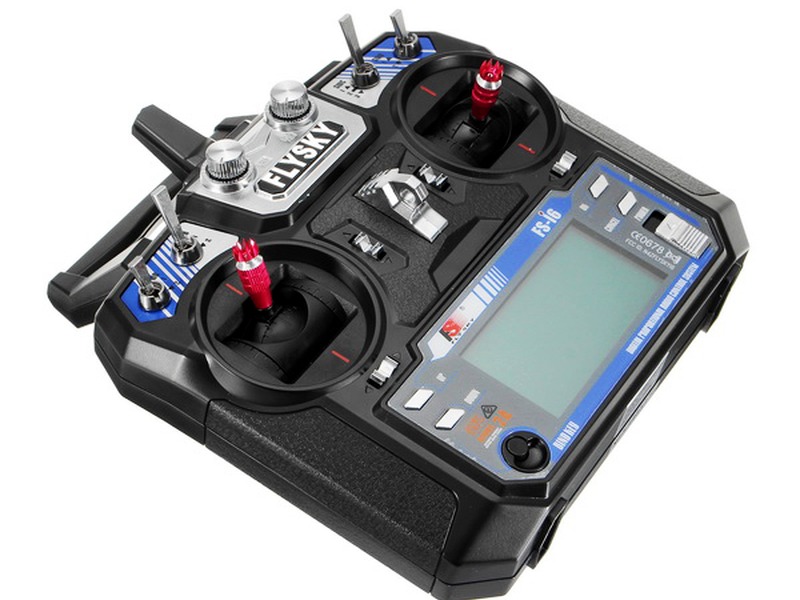What is RC racing?

RC racing, or radio-controlled racing, is a type of motor sport that involves remote-controlled vehicles, usually cars, competing against each other on a track. The vehicles are typically powered by electric motors and controlled by radio signals from a handheld transmitter. RC racing has been around for decades, and it has become increasingly popular as technology has improved and the cost of entry has decreased.
RC racing is a type of motor sport that uses radio-controlled cars to race against each other on a track. The cars are typically powered by electric motors and controlled by radio signals from a handheld transmitter. The cars are usually designed to look like their full-scale counterparts, such as Formula One cars, stock cars, and dragsters. The tracks used for RC racing are usually custom-built and can range from simple oval tracks to complex road courses.
The goal of RC racing is to complete a set number of laps around the track in the shortest amount of time possible. The cars are usually equipped with sensors that allow them to detect the position of other cars on the track, and the drivers must use their skill and strategy to out-maneuver their opponents.
RC racing can be a fun and exciting hobby for all ages. It can be enjoyed by both experienced drivers and newcomers alike. It is also a great way to socialize and make new friends, as many RC racing events are held at local tracks or hobby shops.
RC racing is also a great way to learn about the basics of motorsport. Many of the same principles and techniques used in full-scale racing can be applied to RC racing. This includes understanding the basics of aerodynamics, suspension tuning, and tire management.
RC racing can be a very competitive sport, with many different classes of cars and drivers competing for the top spot on the podium. The cars are usually grouped into classes based on their size and power, and drivers must learn to adjust their driving style to the different classes.
In addition to the competitive aspect of RC racing, there is also a social aspect. Many clubs and organizations host events where drivers can meet and socialize with other racers. These events can be a great way to learn more about the sport and make new friends.
Overall, RC racing is a fun and exciting hobby that can be enjoyed by all ages. It is a great way to learn about motorsport, make new friends, and have a competitive edge. With the cost of entry decreasing, RC racing is becoming increasingly popular and is sure to continue to grow in popularity in the years to come.
Comments / Question
2. Wear an appropriate helmet to protect your head from impact.
3. Wear closed-toe shoes to protect your feet from debris and sharp objects.
4. Ensure that your vehicle is in good working order before operating it.
5. Check the area where you are operating the vehicle for any potential hazards (rocks, animals, etc).
6. Keep the operating area clear of any people, pets, or obstacles.
7. Follow all manufacturer’s instructions and safety guidelines when operating the vehicle.
8. Always be aware of your surroundings and obey all applicable laws and regulations.
9. Make sure to operate the vehicle in a safe, designated area.
10. Have an adult present when operating the vehicle.
2. On-Road Cars: On-road cars are designed to be used on flat surfaces such as tarmac or concrete race tracks. They are usually two wheel drive, and are often faster than off-road cars.
3. Rally Cars: Rally cars are a combination of off-road and on-road cars that are designed to handle both surfaces. They are typically four wheel drive, and are capable of tackling jumps and other obstacles.
4. Touring Cars: Touring cars are a type of on-road car that has been modified to race specifically on the track. They are typically faster than normal on-road cars and are often equipped with onboard electronics that help to monitor and adjust the car’s performance while racing.
5. Drag Cars: Drag cars are designed to accelerate quickly and are built to compete in races that involve two cars going head-to-head on a straight track. They are usually two wheel drive, and are designed to have as much available power as possible.

